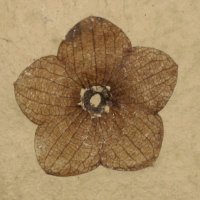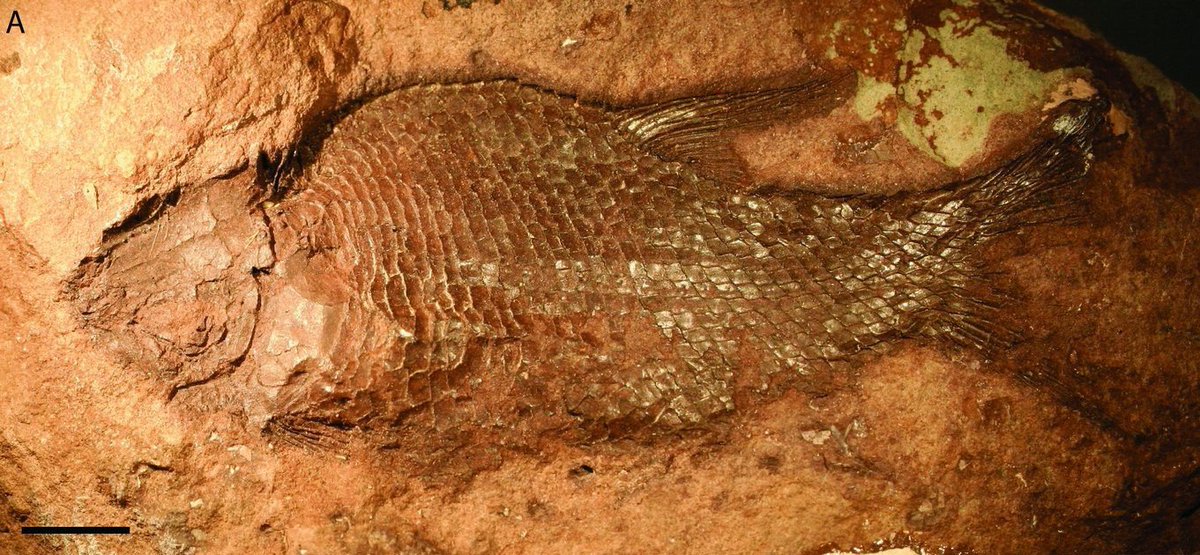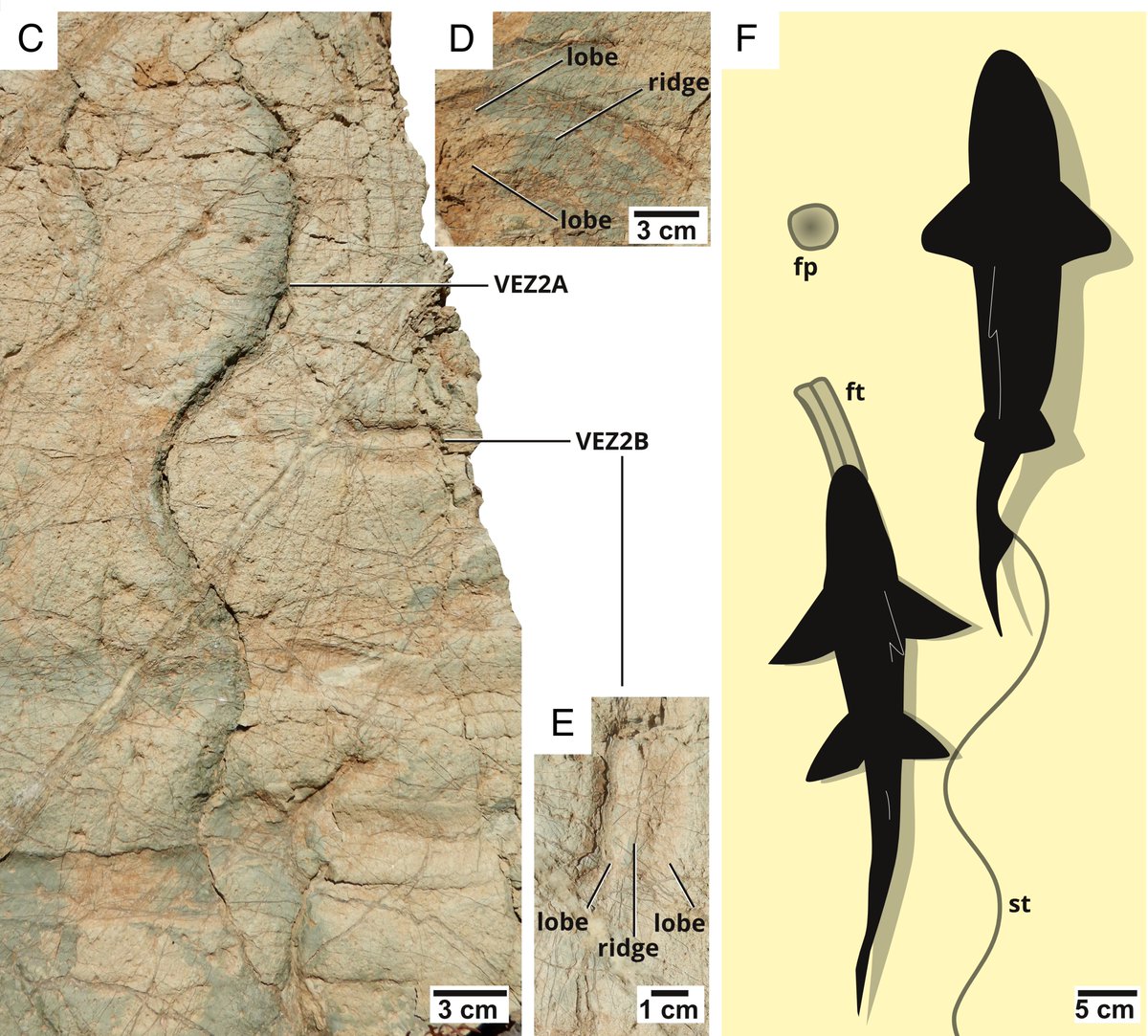
Fossil Bonanza
@fossilbonanza
I'm Andy, a paleontology educator. This account focuses on amazing fossil-sites from around the world called Fossil-Lagerstätten.
ID: 1267641268324102149
https://maphub.net/FossilBonanza/Lagerstatte 02-06-2020 02:16:51
2,2K Tweet
7,7K Followers
163 Following









Lophionotus sanjuanensis, an ancient semionotiform fish from the Chinle Fm in Utah. Article by Dr. Sarah Z. Gibson #ChinleWeek #Paleontology tandfonline.com/doi/full/10.10…










New paper alert: A large brush-footed trapdoor spider from the Miocene of Australia. Palaeoart by Alex Boersma academic.oup.com/zoolinnean/adv…


And since fossil biomolecules might not cut it for #FossilFriday... Here is a 50 million-year-old fossil feather from Green River, Wyoming that we analysed as part of the study It is held in the Yale Peabody Museum. Isn't it GORGE?! Scale 1 cm.
















